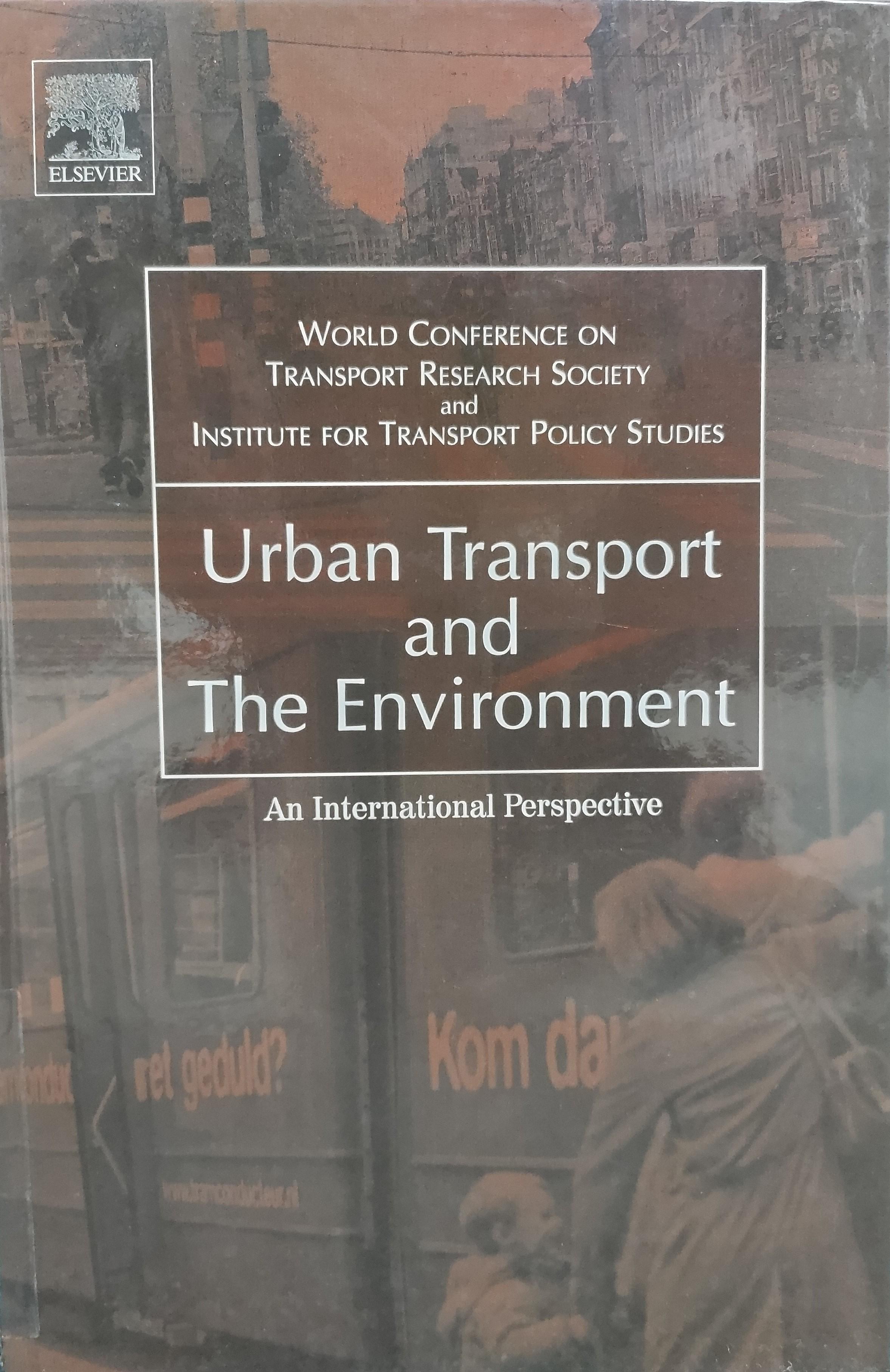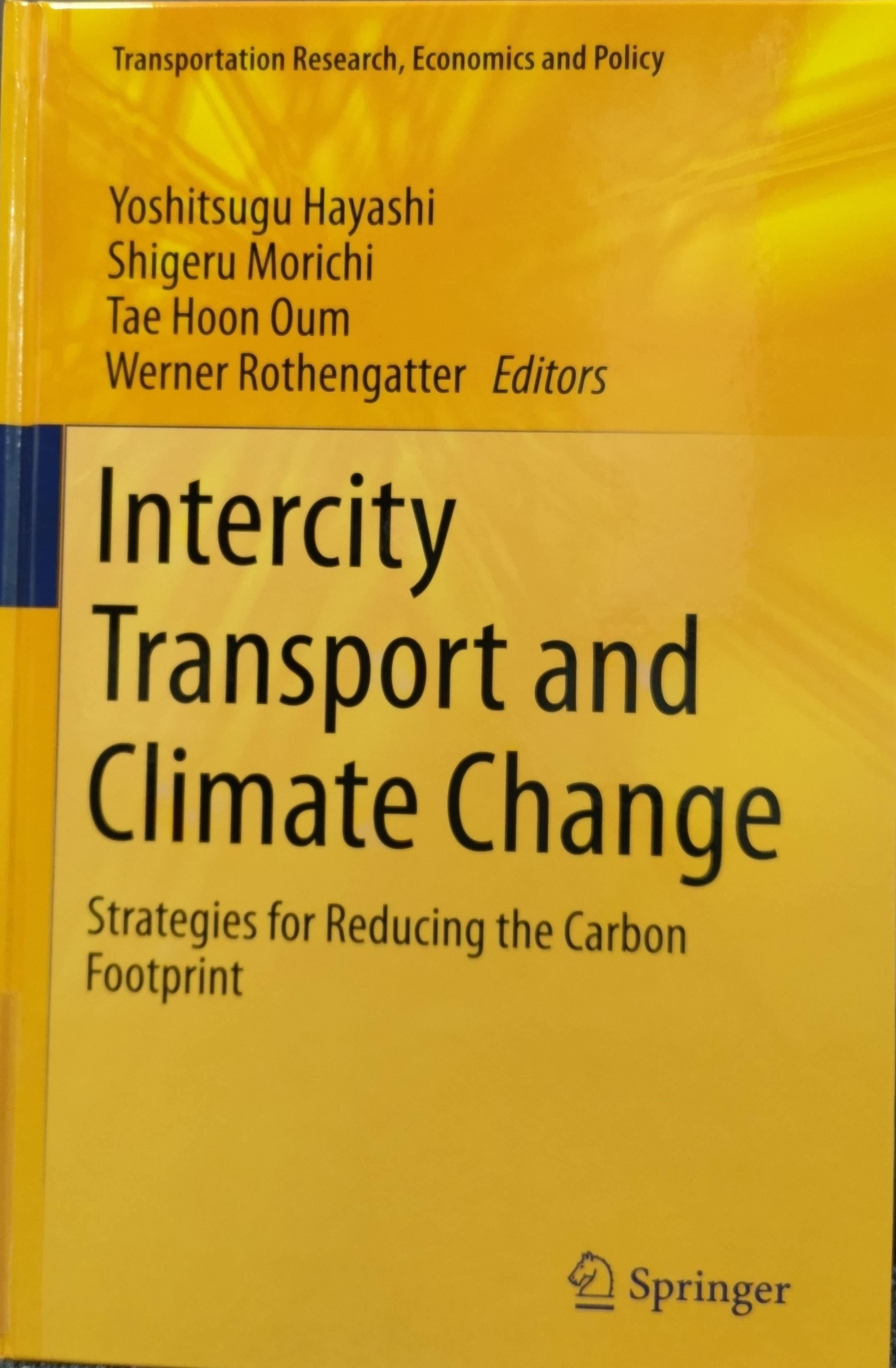Books
 |
「Urban Transport and The Environment」 An International Perspective The damaging environmental impact of urban transport, as recognised by the Kyoto Protocol to the UN Framework Convention on Climate Change, is a worsening global problem that needs to be tackled with local solutions. At the same time, urban transport has been causing serious local environmental problems, particularly in developing countries. This book was commissioned with the aim of helping to develop solutions by sharing experience from around the world. Four extensive chapters by leading researchers give an overview of the problem, analyse structures and trends in urban transportation, list the various ways transport affects the environment, and critically review the whole range of policy countermeasures available. The second half of the volume is given over to a uniquely valuable collection of case studies of 21 metropolises, carefully selected to provide a cross-section of different types of city from across the developing and developed world. The relevant characteristics of these cities are systematically described: socio-economic background; local condition of transport and the environment; policy planning, implementation, and evaluation, all with concrete examples. Key data are then presented in charts with a common structure to facilitate comparisons between cities. This book should be of interest to anyone interested in the interactions between urban transport and the environment, whether academic students and researchers, or practitioners and policymakers in government or industry. |
 |
「Intercity Transport and Climate Change」 Strategies for Reducing the Carbon Footprint While intercity passenger transport counts for about 2% of the total passenger transport volume the share of the total passenger kilometers traveled is estimated more than one third. In many countries the major part of intercity transport is performed by car and air and as a result, the contribution to the carbon footprint is substantially higher than the share of overall passenger transport performance. This creates a challenge to develop a sustainable organization of intercity transport which requires a true joint effort of policy makers, industry sectors and households. This presupposes that all options for reducing the carbon footprint of the transport modes - car, air and rail - are fully exploited through modern propulsion technology, use of regenerative energy and efficient organization of transport processes. Basic conditions for meeting this requirement are an incentive compatible public framework of regulation, taxation, charging and education, the private willingness to adjust to new behavioral patterns and a consequent push of technological progress towards energy and CO2 savings. This book begins with an international comparison of intercity transport and the current state of greenhouse gas emissions (GHG) of this transport segment. A focus is given to comparing the situation in the EU, the US and Japan while describing the more recent development of intercity transport in China, followed by an analysis of intercity transport policies and their contribution to meet the global climate change issues. This book will be of interest to researchers in transportation economics and policy, as well as civil engineering and planning. |


